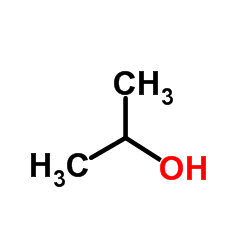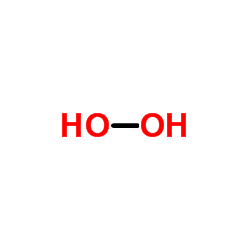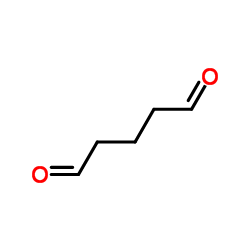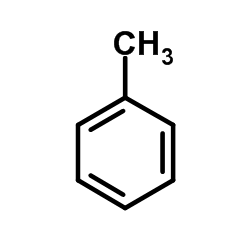| Structure | Name/CAS No. | Articles |
|---|---|---|
 |
Sulfuric acid
CAS:7664-93-9 |
|
 |
Isopropanol
CAS:67-63-0 |
|
 |
Hydrogen peroxide
CAS:7722-84-1 |
|
 |
3-Aminopropyltriethoxysilane
CAS:919-30-2 |
|
 |
glutaraldehyde
CAS:111-30-8 |
|
 |
Toluene
CAS:108-88-3 |